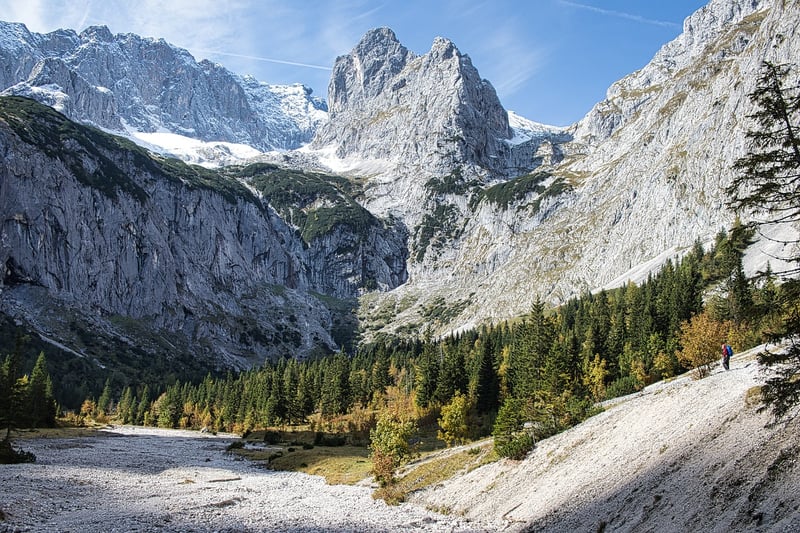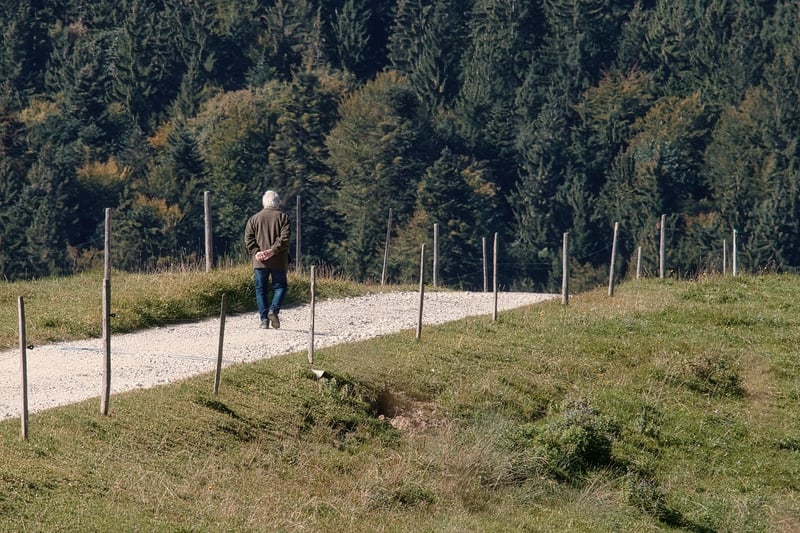Gravel Paths
The Art of Creating Mindful Trails and Gravel Paths
Trails and gravel paths have a unique way of connecting us to nature and providing a sense of peace and tranquility. Whether you are a hiker, a cyclist, or simply someone who enjoys a leisurely stroll, the design and maintenance of these paths play a crucial role in enhancing the overall experience. In this article, we will explore the art of creating mindful trails and gravel paths that not only blend harmoniously with the environment but also offer a rejuvenating escape from the hustle and bustle of everyday life.
1. Natural Integration
When designing a trail or gravel path, it's essential to prioritize the natural landscape. By integrating the path seamlessly into the surroundings, you can preserve the ecosystem and create a more immersive experience for users. Avoid unnecessary disruptions to the flora and fauna, and opt for materials that complement the environment.
2. Sustainability
Utilizing sustainable materials and construction practices is key to ensuring the longevity of your trail or path. Gravel paths, for example, can benefit from locally sourced gravel that blends well with the terrain and requires minimal maintenance. Implementing erosion control measures and proper drainage will also help preserve the path for years to come.
3. Signage and Wayfinding
Clear signage and wayfinding markers are essential for guiding users along the trail or path. Incorporate informative signs that highlight points of interest, designate trail difficulty levels, and promote responsible outdoor etiquette. By providing clear directions, you can enhance the overall user experience and minimize the risk of getting lost.
4. Rest Areas and Amenities
Integrating rest areas and amenities along the trail can greatly enhance the comfort and enjoyment of users. Consider adding benches, picnic tables, and waste disposal bins at strategic points to encourage relaxation and social interaction. These amenities can transform a simple path into a welcoming retreat for outdoor enthusiasts.
5. Maintenance and Preservation
Regular maintenance is crucial for preserving the integrity of your trail or gravel path. Clearing debris, repairing erosion damage, and trimming overgrown vegetation are all essential tasks that should be conducted periodically. Engage volunteers or local community groups to participate in maintenance efforts and foster a sense of ownership and stewardship among users.
Conclusion
Creating mindful trails and gravel paths is a labor of love that requires careful planning, attention to detail, and a deep respect for nature. By incorporating sustainable practices, prioritizing natural integration, and providing user-friendly amenities, you can craft paths that not only serve as recreational outlets but also as gateways to mindfulness and serenity in the great outdoors.
Embrace the art of trail design, and embark on a journey to create paths that inspire, rejuvenate, and connect us to the beauty of our natural world.

Image Source: Pixabay
